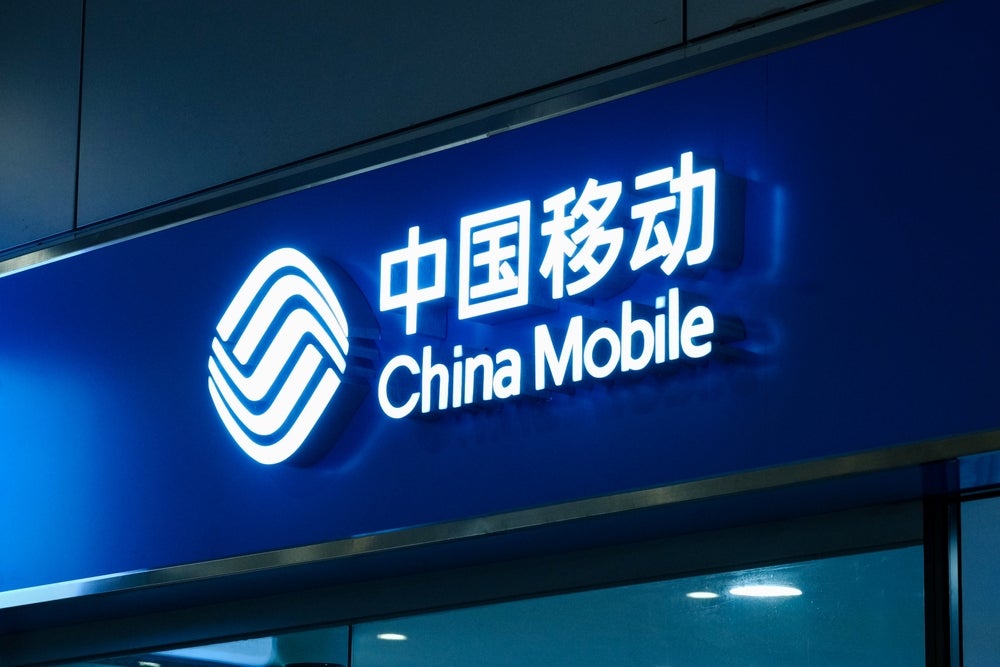As one of the first telcos in the world to deploy 5G-Advanced networks, China Mobile Shanghai is blazing a trail in deciding where to upgrade and how to operate its new network to serve its VIP users and value-added service tiers.
Verdict has previously laid out how China Mobile Shanghai designed its services to encourage multiple tiers of upgraded users. The story of how China Mobile rolled out its new network while monetising their network as well, is equally as useful to other telcos starting to plan for their own 5G-Advanced networks.
Since 5G nomenclature can be confusing, a brief review: the majority of 5G networks today are 5G-Non-standalone (5G-NSA), which means that they run 5G New Radio base stations, but are controlled by a 4G/LTE core network.
The non-standalone standard was designed to get the higher-capacity 5G radio network into the world quickly, but does not support 5G network slicing. 5G-NSA is therefore a kind of “4G 2.0” and has led to some of the popular dissatisfaction with 5G networks as “more of the same” since it does not support any dramatically new services.
5G-Standalone (5G-SA) marries 5G New Radio with a 5G core network and can therefore support more finely differentiated quality of experience. Via network slicing, it can allocate network resources on a deterministic basis (meaning that the performance is guaranteed), not just best-effort. Roughly a third of global communications service providers (CSPs) are operating 5G-SA networks, but this “mature 5G” level is already widely deployed in China.
5G-Advanced (5G-A) is a new mid-cycle upgrade analogous to 4G’s LTE-Advanced. It introduces features that improve connection quality, reliability, and ease of management. It can support higher levels of service performance, but the big improvement is in the reliability of that performance.
5G-A is for power users that are willing to pay for guaranteed, tailored network experience: not only premium consumers, but IoT customers, emergency services, and so on. China Mobile selected the Shanghai region to work out 5G-A service design and marketing, but also to iron out technical issues regarding coverage and operations.
China Mobile has established multiple tiers of 5G-A service plans: not only the top, “platinum” tier, but a gold tier that receives network performance that is not as outstanding as the platinum group, but still better than subscribers to ordinary 5G plans.
5G-A’s ability to provide precisely guaranteed network performance with not only a lower limit (faster than x) but an upper limit (no faster than y) allows for multiple such service tiers. Another benefit of this deterministic experience is that network resources can be released for others to use when not required by the premium tiers.
Making the 5G-network a success requires two types of non-operational analytics: identifying users who are ready to upgrade to a better service tier, and prioritising new regions to upgrade to 5G-A by tracking the movements of existing 5G-A users and by finding new clusters of users who would be likely to upgrade.
Shanghai is a dense urban area with many offices, but also many educational and scientific institutions. It is therefore rich in potential power users as well as consumers that can afford to pay more for better performance.
China Mobile has already completed its 5G-A rollout to Shanghai’s outer ring road, encompassing over 5000 sites. Now that it has covered the core business areas of the city, the company is expanding its 5G-A network by analysing user behaviour and demographics to determine the best areas for upgrades. The granular analysis looks for areas where high-ARPU users congregate as well as where network demand is heavy, for example central business districts and universities. It also tracks travel patterns for its existing 5G-A subscribers, which has led to it upgrading to 5G-A coverage along heavily trafficked roads and metro lines.
China Mobile also tracks handset penetration in these areas. Newer 5G handsets are capable of a technology called Component Carrier Aggregation, which is abbreviated as “3CC” because it allows the handset to connect to three different carrier frequencies simultaneously. Once 3CC is enabled, users can achieve very high network speeds as well as the extra layer of reliability provided by simultaneous connections to multiple wireless cells. Handset penetration is therefore an important aspect of site selection for 5G-A upgrades.
Operationally, it is a challenge to ensure that the network fulfills all of its service promises all of the time. This requires continuous real-time tracking and optimisation to ensure that users get the experience that they pay for; China Mobile’s analytics platform tracks user experience on a per-application basis to make sure that the network is serving the different needs of gamers, streamers, TV watchers, and so on.
China Mobile is currently using a Quality-of-Service flow control mechanism to provide this experience, but is planning to replace that mechanism with one using the NWDAF (the main analytics function of the 5G core network) and the AM-PCF (access and mobility management tied to the policy control function). It says that the NWDAF will support more granular customisation by user and/or application. Today, it uses all of 5G-A’s network resources to optimise service delivery: 3CC aggregation, device-network synergy, differentiated resource scheduling, and pre-allocation of wireless network resources through network slicing.
On a non-real-time basis, China Mobile also analyses the per-application experience of premium 5G-A users versus regular 5G users to make sure that the former retain a performance advantage. Similar analysis supports the marketing side by identifying users to target for upselling to a higher service tier or add-on package.
China Mobile Shanghai’s success in monetising 5G-A shows that proper network planning is essential, but that tracking and managing the experience of all groups of premium users is the real key to monetising the new network technology.
“China Mobile monetises one of the world’s most advanced 5G networks” was originally created and published by Verdict, a GlobalData owned brand.
The information on this site has been included in good faith for general informational purposes only. It is not intended to amount to advice on which you should rely, and we give no representation, warranty or guarantee, whether express or implied as to its accuracy or completeness. You must obtain professional or specialist advice before taking, or refraining from, any action on the basis of the content on our site.







